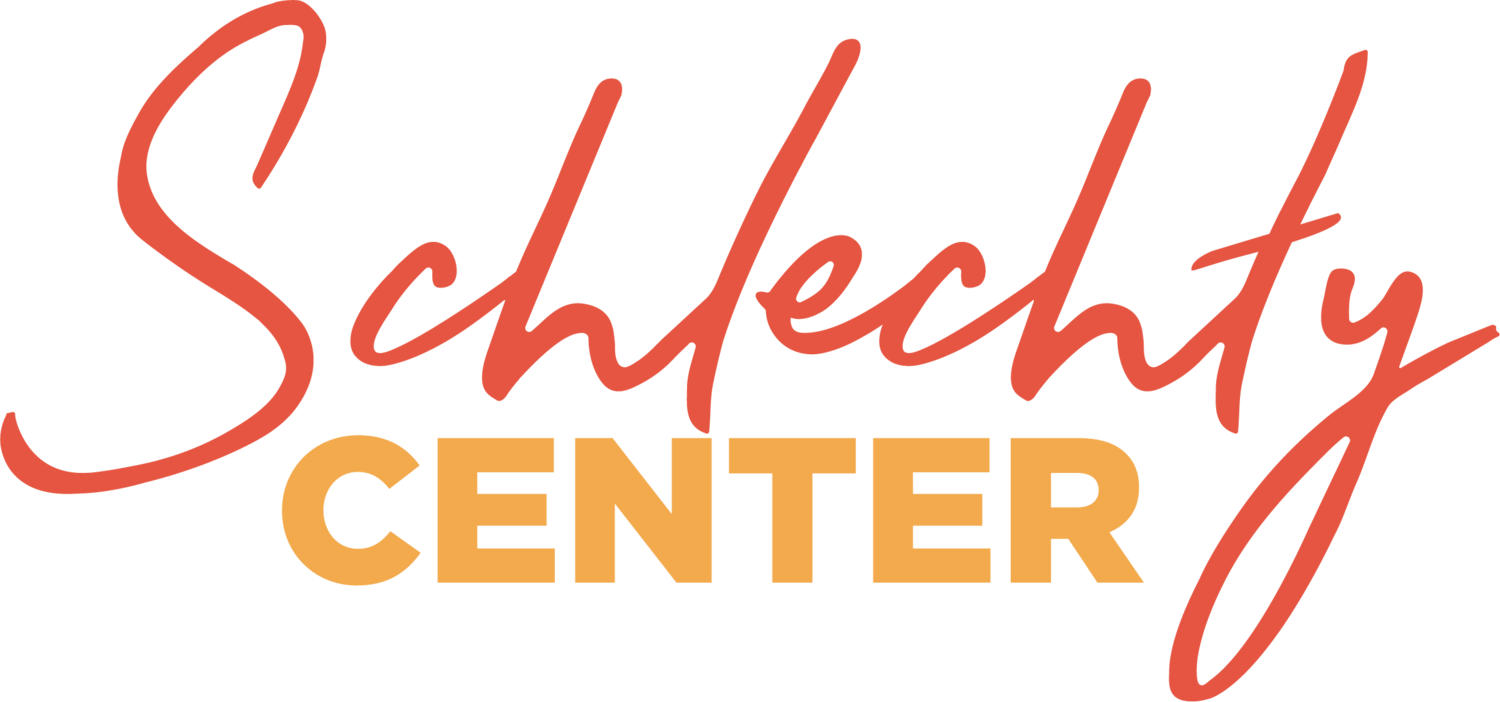In his book Engaging Students, on page 85, Phil Schlechty addresses how teachers might organize knowledge in schoolwork. He writes, “Given the content that is to be mastered and the skills to be developed, what resources are available that bear on the subject involved? For example, what does a Web search reveal about possible sources of instruction? Are there prepared programs that reveal sensitivity to the need to create materials and approaches that place emphasis on efforts to appeal to intrinsic motives [of students]…?”
Designers of engaging schoolwork need an arsenal of resources to create work that addresses the needs, motives, and values of their students so that students will learn what they are expected to learn. To this end, technology offers an opportunity for teacher-designers to collaborate and share ideas like never before.
Every teacher could benefit from a digital cohort of fellow teachers to follow and share ideas with. And every teacher needs a way to do it in less time!
Some examples:
Martha Lackey is a second grade ESL teacher in Dallas, Texas. She blogs the highs and lows of her classroom, and in doing so, she has created a gold mine of ideas that other teachers can learn from. http://martha-lackey.blogspot.com
Catlin Tucker is an English teacher who uses a lot of blended learning experiences in her classroom. Most recently, she had her students create their own TED Talks. Her blogs are about classroom work and products done by her students. Her site is a treasure chest of ideas. http://catlintucker.com
Mike Paul is a teacher in Louisville, Kentucky. Mike loves to write about his classroom experiences and technology in general. A recent post on an Algebra lesson using PBL would help any math teacher. http://pikemalltech.com
Justin Lanier is a middle school teacher who leads blogs on math at http://mathmunch.org. In addition to being a blog about actual classroom experiences, Math Munch also explores the Internet for great ideas that can be shared.
These are four examples out of many. The point is that the Internet offers an incredible opportunity for sharing, learning, and expanding the teacher-designer's tool case of ideas and resources.
Some readers are undoubtedly saying, “Right. I’m already trying to squeeze ten hours into an eight-hour workday and you want me to start reading five to ten blogs a day. Get a life!”
No, I don’t want you to do that.
I want you to join the greatest blog filter of all time. This filter will give you a short teaser for every teacher blog you follow. In a quick five-minute scan, you can cover ten to twenty topics, and then choose and read any that would help you. This filter will organize the teachers you follow into columns and allow you to peruse their offerings even more quickly. Without even reading the blogs that interest you, you can bookmark and save the blogs in your bookmarks file by topic. Then, when you are designing work for your kids, you can check your resource file for ideas and read only what helps you.
What is the filter’s name? Twitter and its companion: TweetDeck.
The education world is changing every day. You need access to the latest ideas to fill your tool chest without adding an hour to your workday. The Internet gives you that access. So take advantage of it!
The Engagement People

